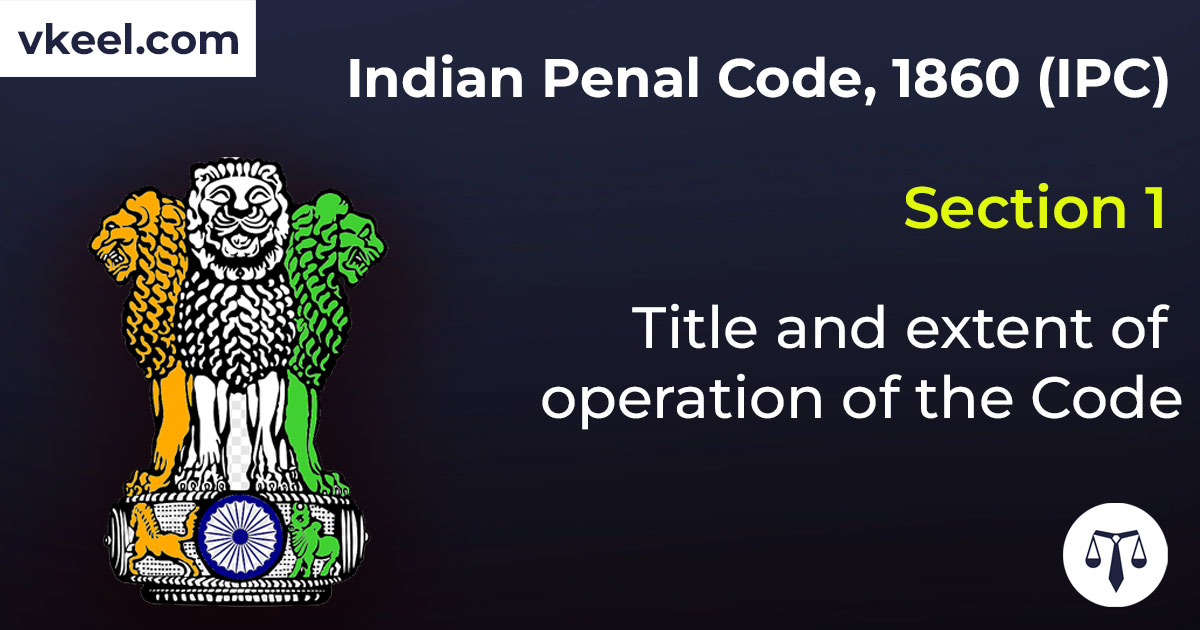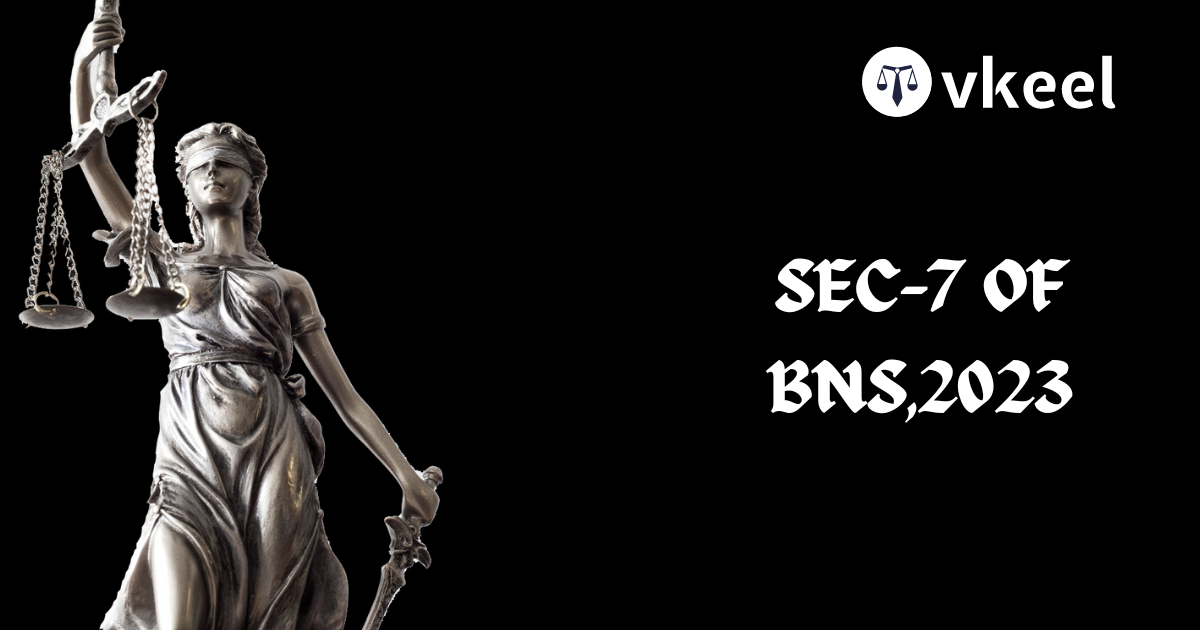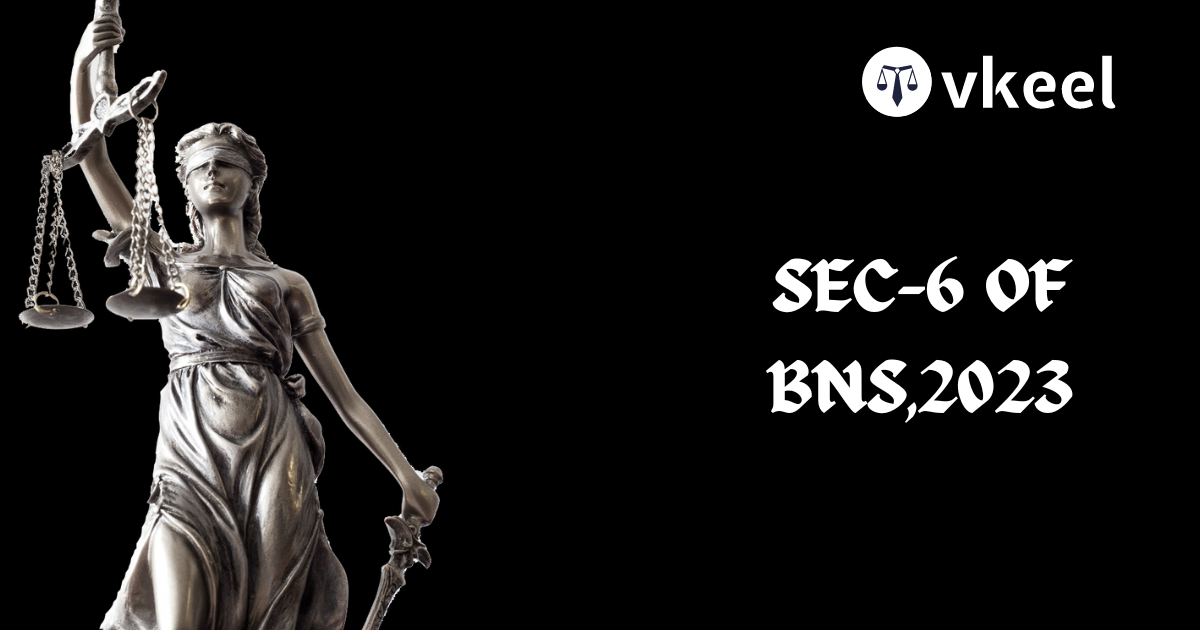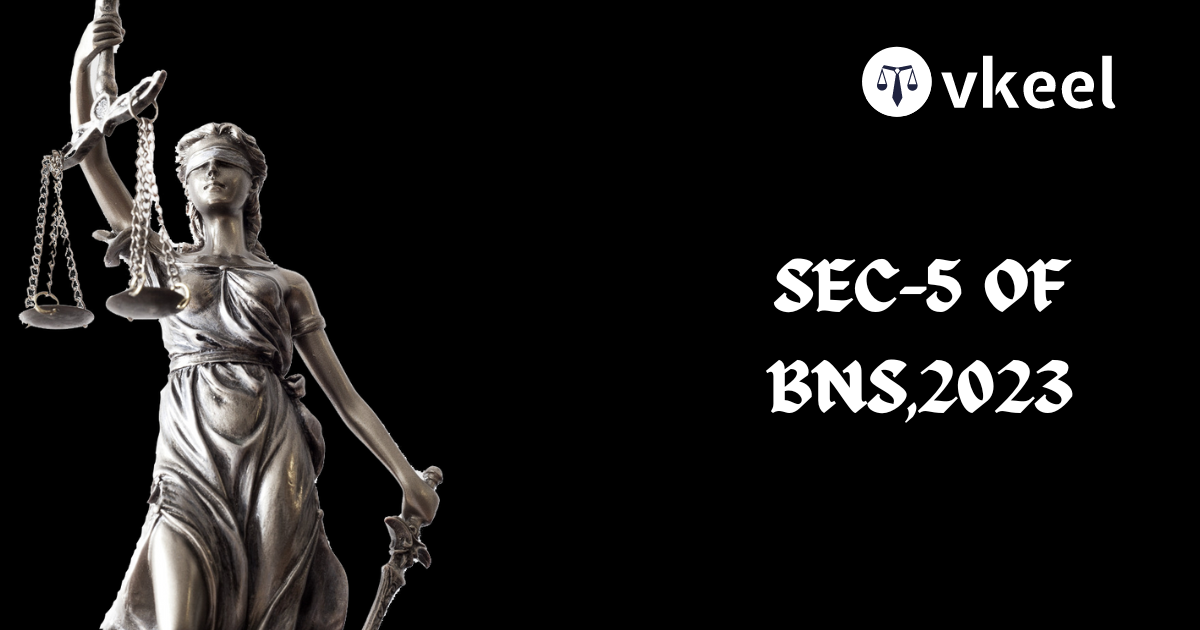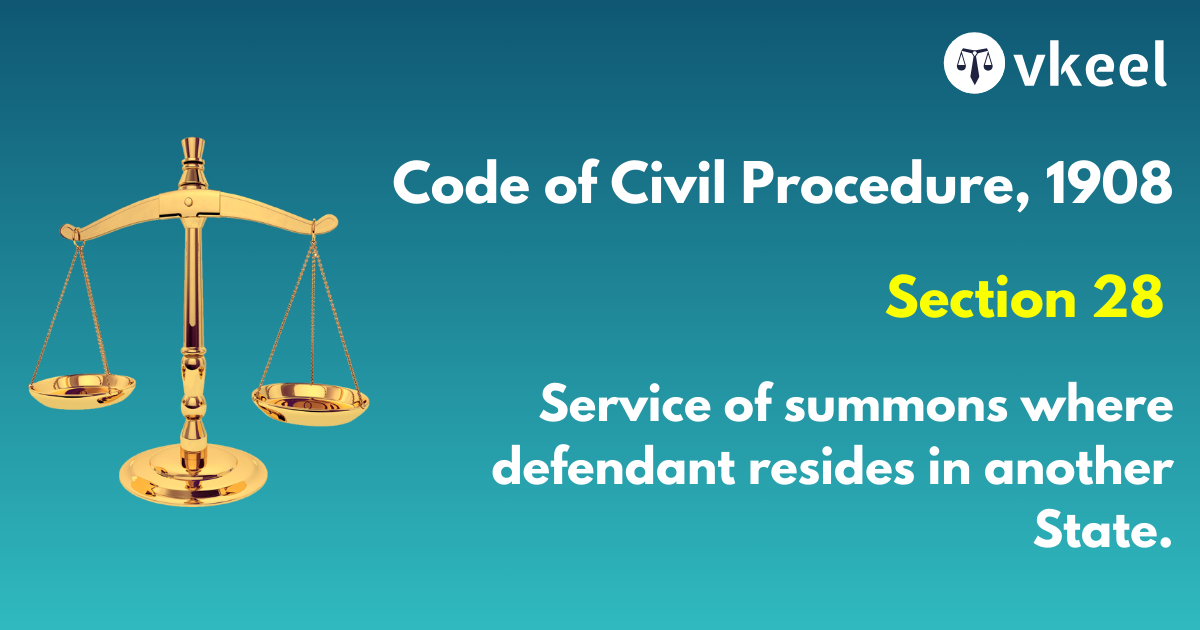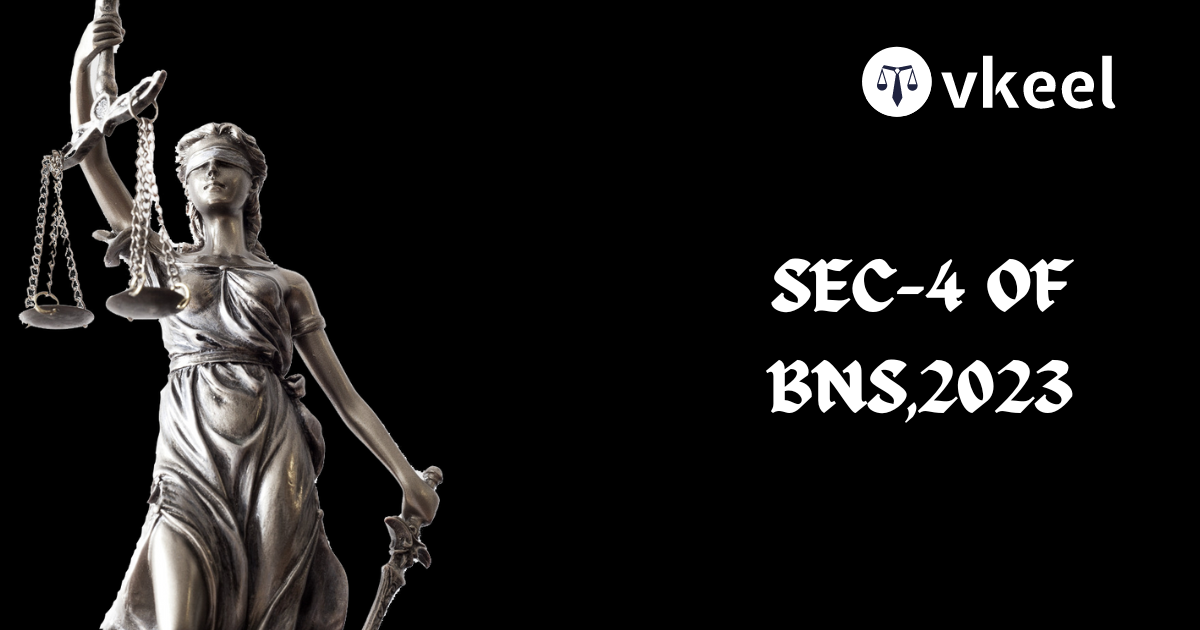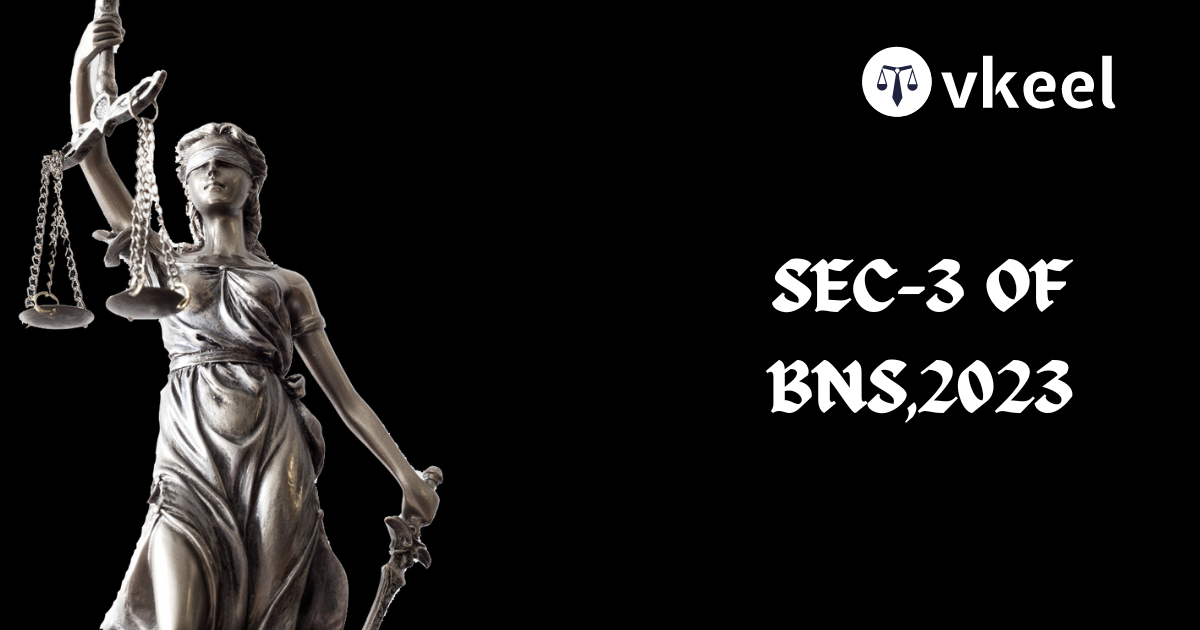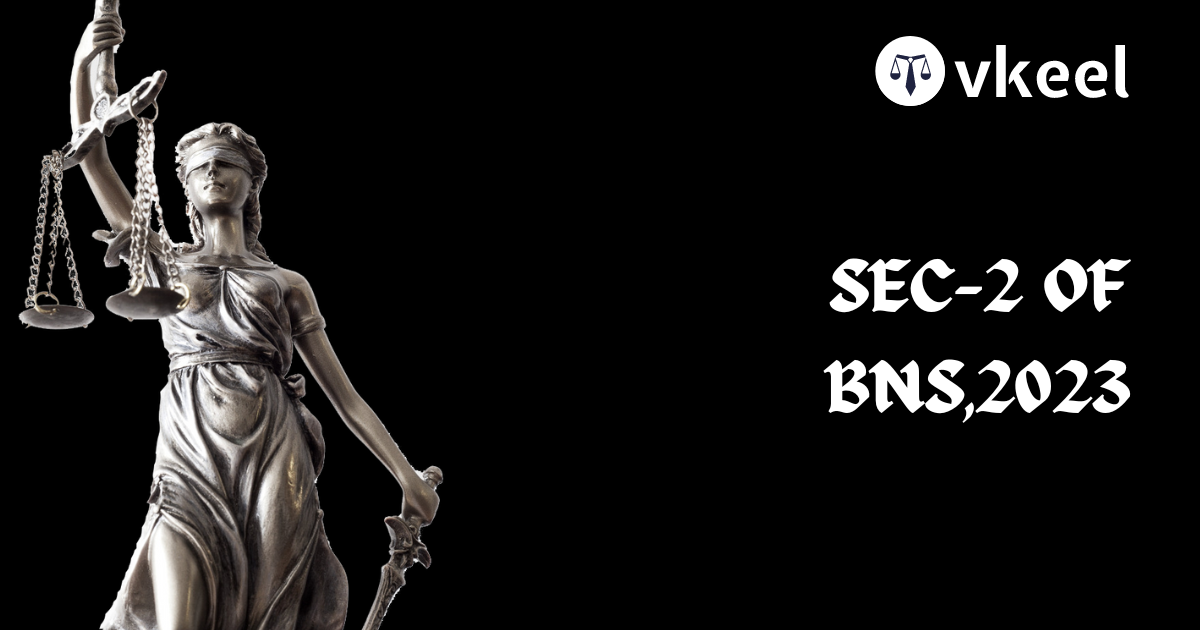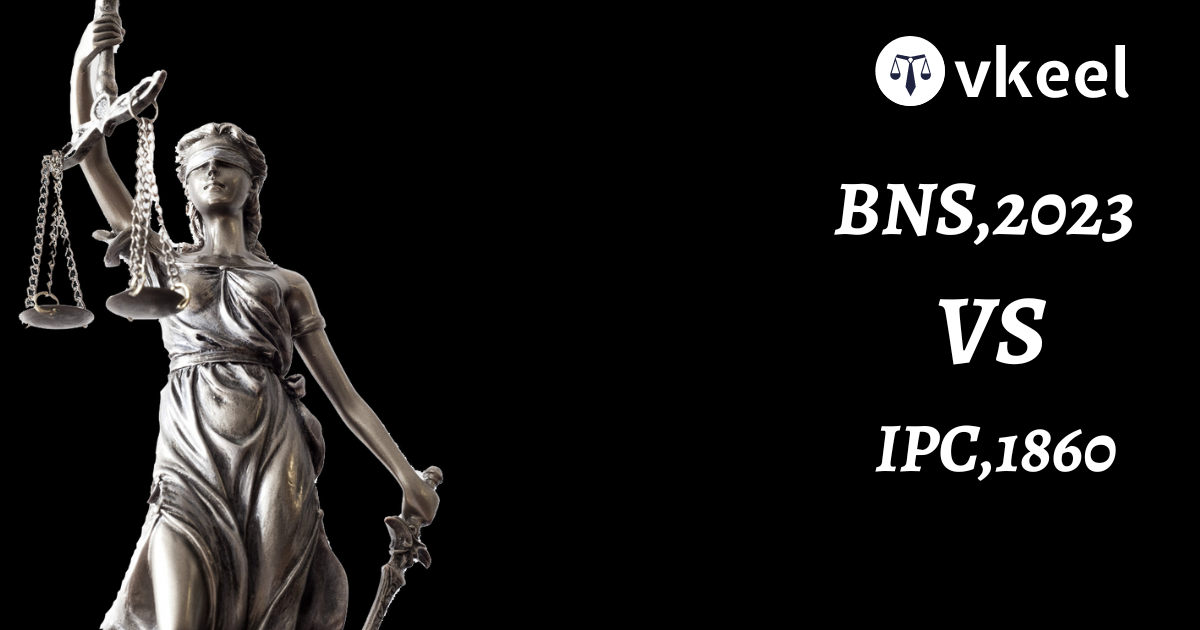Section 1 Indian Penal Code 1860 (IPC) – Title and extent of operation of the Code
By Vkeel Team
Table of Contents
Description
“Section 1 Indian Penal Code 1860 (IPC)”
This Act shall be called the Indian Penal Code, and shall 1[extend to the whole of India 2***.]
Title and Structure of the Indian Penal Code 1860
The Indian Penal Code 1860 is a comprehensive criminal code that serves as the primary criminal law of India. It is one of the most important pieces of legislation in the country and has been in force since its enactment in 1860.
The title of the Indian Penal Code 1860 is indicative of its purpose and scope. The word “penal” refers to the fact that the code contains provisions for punishing those who commit criminal acts. The word “code” indicates that the law is organized into a systematic and logical structure. The words “Indian” and “1860” refer to the fact that the code was enacted in India in 1860.
The structure of the Indian Penal Code 1860 is divided into five books. The first book contains general provisions, such as definitions of terms used in the code and the principles of criminal liability. The second book contains provisions related to offences against the state, such as treason and sedition. The third book contains provisions related to offences against the public tranquility, such as rioting and unlawful assembly. The fourth book contains provisions related to offences against the human body, such as murder and assault. The fifth book contains provisions related to offences against property, such as theft and criminal misappropriation.
The Indian Penal Code 1860 is an important piece of legislation that serves as the primary criminal law of India. Its title and structure are indicative of its purpose and scope, and it is organized into a systematic and logical structure. It is a comprehensive criminal code that contains provisions for punishing those who commit criminal acts.
An Overview of Indian Penal Code 1860
The Indian Penal Code (IPC) of 1860 is the main criminal code of India. It is a comprehensive code intended to cover all substantive aspects of criminal law. The code was drafted on the recommendations of first law commission of India established in 1834 under the Charter Act of 1833 under the Chairmanship of Lord Thomas Babington Macaulay. It came into force in British India during the early British Raj period in 1862.
The IPC is a comprehensive code that covers a wide range of offences. It defines offences and prescribes punishments for them. It also provides for certain defences that can be used by an accused person to avoid conviction. The IPC is applicable to all citizens of India, including those living in the states and union territories. It is also applicable to all persons on Indian ships and aircrafts, and to all persons within the Indian territory.
The IPC is divided into 23 chapters, which are further divided into sections. The sections are further divided into clauses. The IPC covers a wide range of offences, including offences against the state, offences against public tranquillity, offences against the human body, offences against property, offences relating to marriage and divorce, offences relating to religion, offences relating to documents and currency notes, offences relating to weights and measures, offences relating to the army, navy and air force, offences relating to public servants, offences relating to elections, offences relating to public health, safety and convenience, offences relating to the administration of justice.
Exploring the Historical Context of the Indian Penal Code 1860
The Indian Penal Code (IPC) of 1860 is one of the most important pieces of legislation in India. It is the primary criminal code of the country and has been in force since its enactment in 1860. The IPC is based on the draft prepared by the first Law Commission of India, which was established in 1834 under the Charter Act of 1833. The commission was headed by Thomas Babington Macaulay, a British lawyer and politician.
The IPC was drafted with the intention of providing a comprehensive set of criminal laws for the whole of India. It was based on the English common law and adapted to the Indian context. The IPC was enacted in the backdrop of the Indian Rebellion of 1857, which was a major uprising against the British rule in India. The British government wanted to ensure that the laws were in place to prevent any further uprisings.
The IPC was also influenced by the Indian tradition of justice. It incorporated various aspects of Hindu and Islamic law, such as the concept of ‘danda’, which is a punishment for a crime. The IPC also incorporated the principles of natural justice, which are based on the idea that all people are equal before the law.
The IPC has been amended several times since its enactment in 1860. It has been adapted to changing social and political conditions in India. The IPC is still in force today and is considered to be one of the most important pieces of legislation in India. It is a testament to the historical context in which it was created and the importance of the rule of law in India.
1. The Original words have successively been amended by Act 12 of 1891, s. 2 and Sch. I, the A.O. 1937, the A.O. 1948 and the A.O. 1950 to read as above.
2. The words “except the State of Jammu and Kashmir” omitted by Act 34 of 2019, s. 95 and the Fifth Schedule (w.e.f. 31-10- 2019).
Description Source: indiacode
Disclaimer:
The information provided in the article is for general informational purposes only, and is not intended to constitute legal advice or to be relied upon as a substitute for legal advice. Furthermore, any information contained in the article is not guaranteed to be current, complete or accurate. If you require legal advice or representation, you should contact an attorney or law firm directly. We are not responsible for any damages resulting from any reliance on the content of this website.

